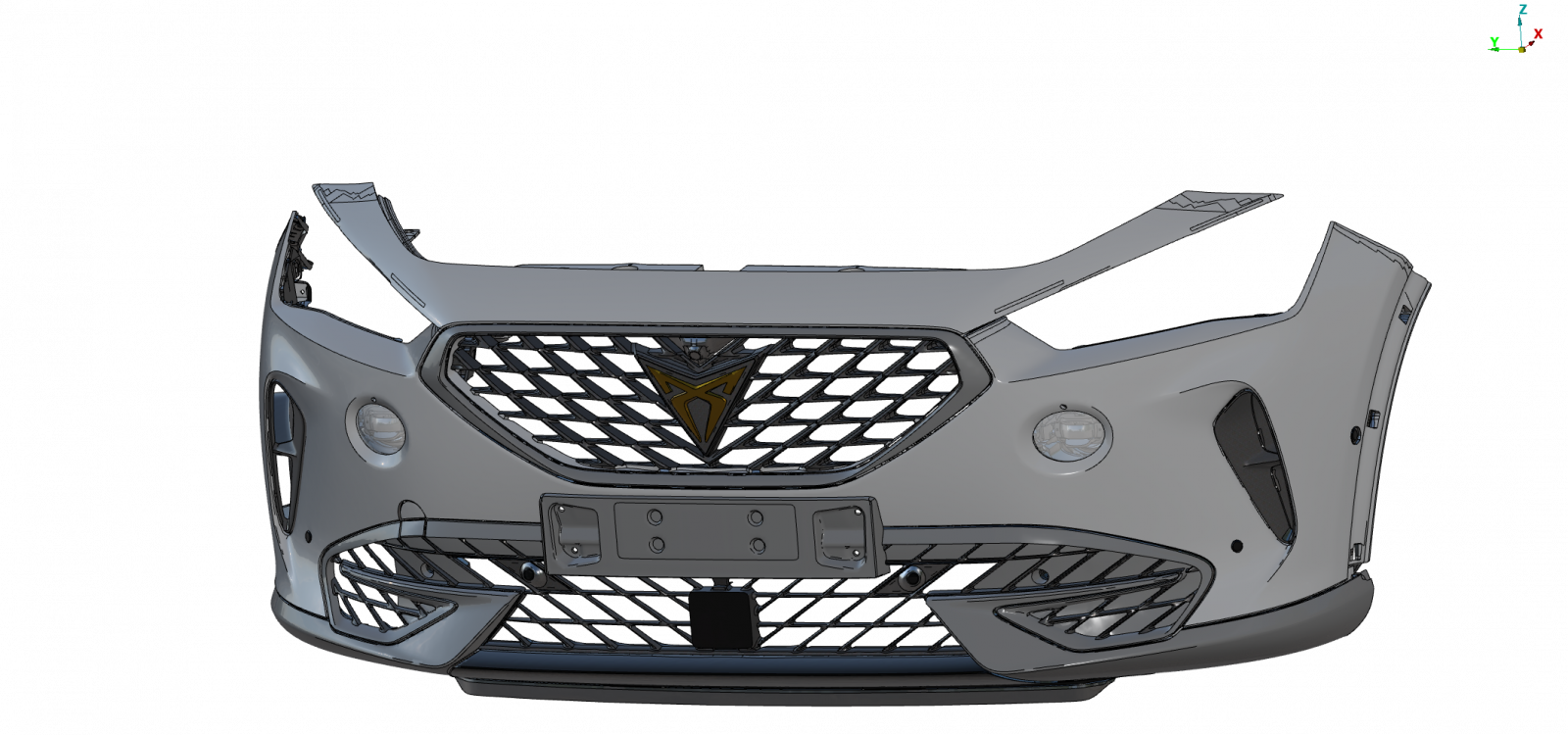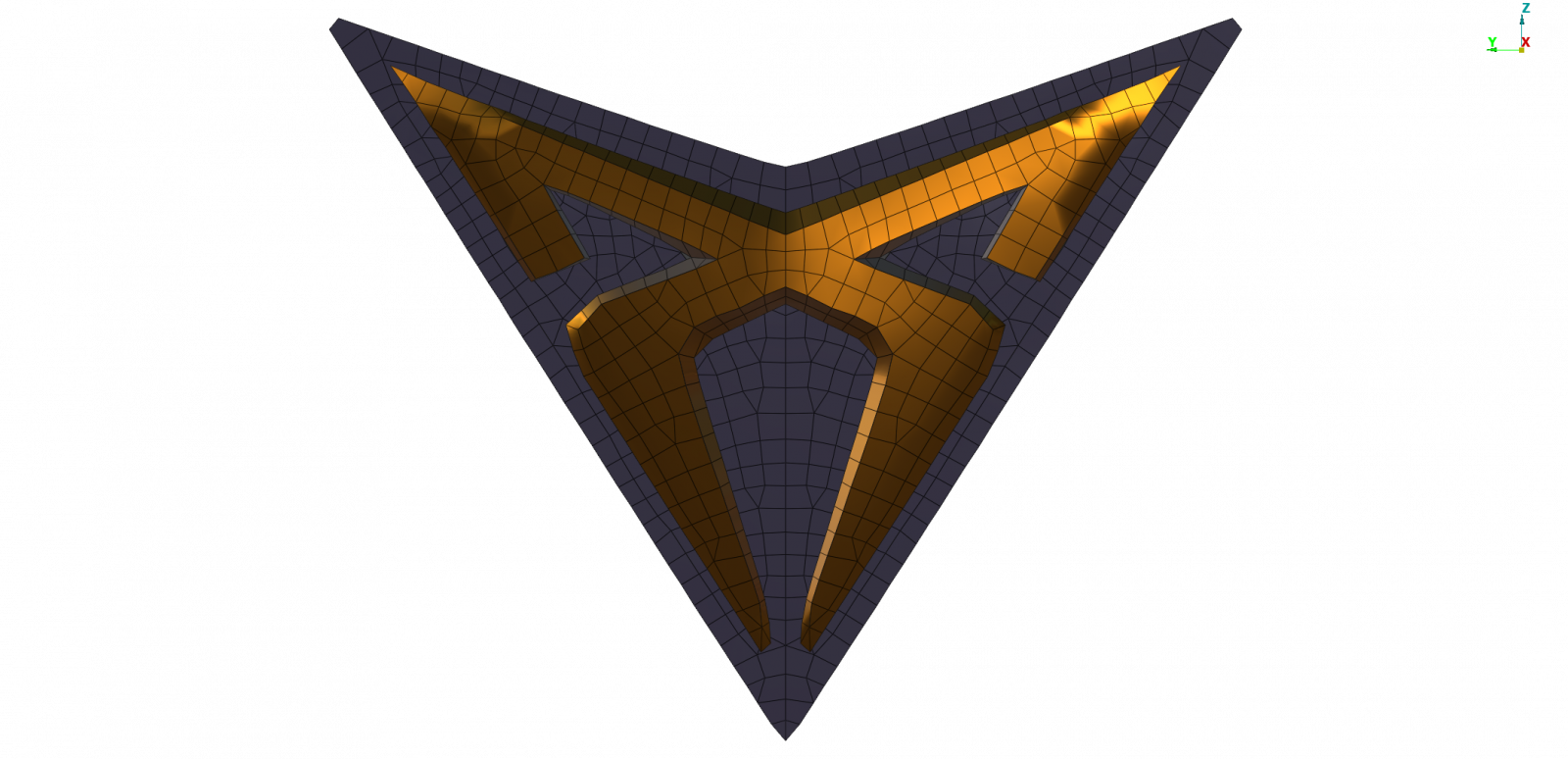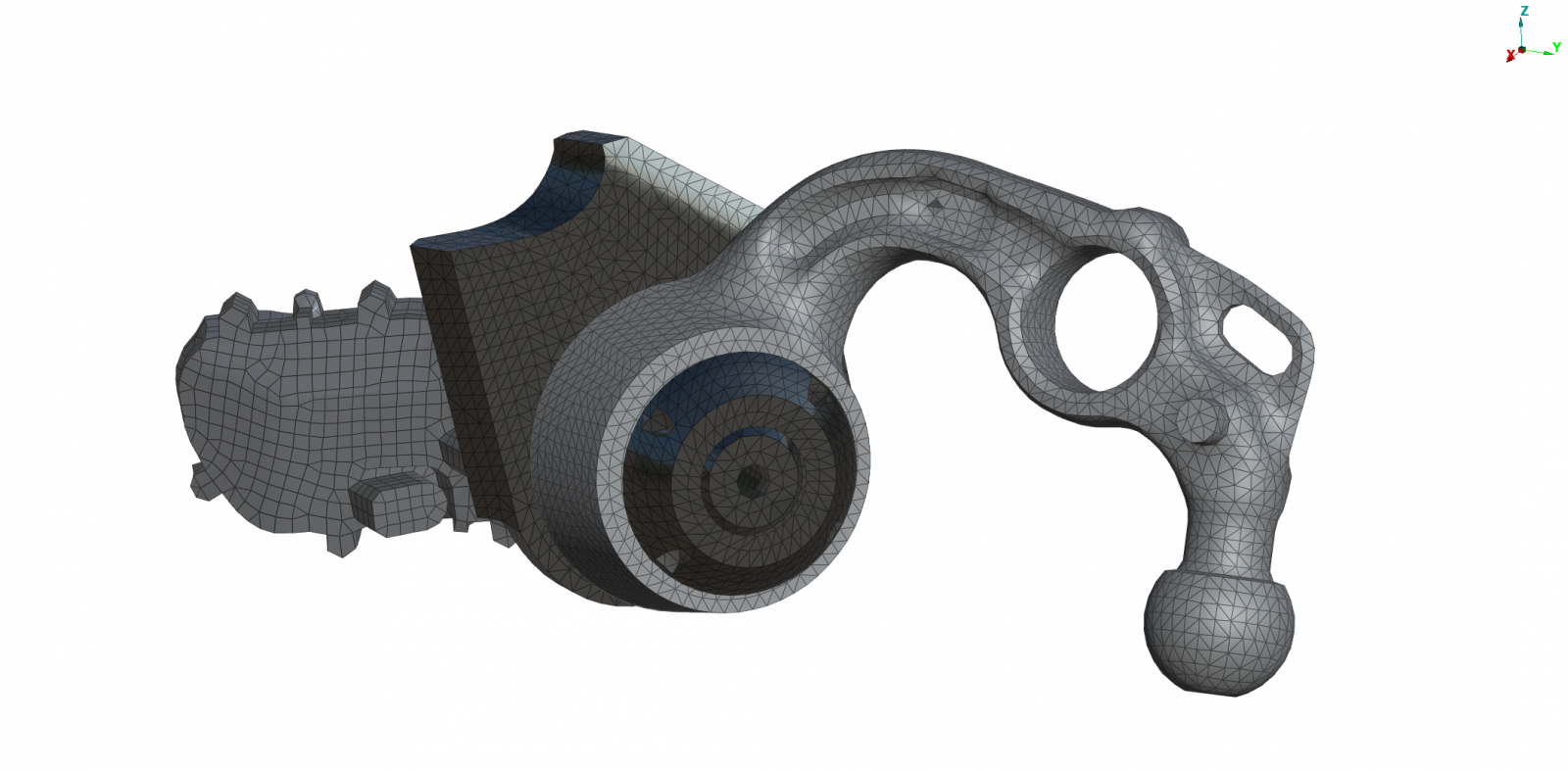Components CAE development
BACKGROUND
SOLUTE applies its know-how in CAE (Computer Aided Engineering) numerical simulation in the development of numerous car components requiring validation of their geometry and materials for the different load case scenarios they will be facing.
With numerous projects and customers as well as many years of experience in this field, SOLUTE collaborates with manufacturers and suppliers in the development of new products and covering the many different load cases experienced by the car body.
Numerical simulation in CAE allows SOLUTE to collaborate with its customers in the evaluation during the development of car structures and components.
Specifically, the numerous components that are present on the body are subjected to a wide number of cases where their functional and structural performances must be analysed. The useful service life of a vehicle defines the different load cases: from low speed impacts to extreme operating scenarios. Finite Elements Modelling FEM simulation tools allow streamlining and lowering the cost of the design and manufacturing processes as compared to building prototypes and conducting real tests, making them the ultimate tool used throughout the entire process of designing a new vehicle.
RESULTS
In the different phases that are undertaken in the development of a component, CAE tasks allow evaluating the functionality of the proposal, refocusing geometries and materials to adjust the response or optimise the parts as well as obtain information about the structural response of the component to facilitate undertaking new developments with a more solid basis.
In conclusion, CAE prevents having to build expensive prototypes and conducting tests as well as streamlines the process of developing components in order to obtain, with a high degree of reliability, a design that meets the technical requirements of the established regulations and protocols.
EXPERIENCE
Since 2012 SOLUTE has been gaining experience in applied CAE; specifically in the demanding automotive field and particularly in the development of body components in at least 17 different car models, such as utility, SUV, hybrid or electric vehicles and for different customers in the sector. SOLUTE has been involved in the manufacturing of bumpers, bonnets, lights, mudguards or wind deflectors, gaining experience in plastic or metal parts and in the different processes involved in manufacturing them.
The obtained results are thoroughly analysed using specific post-processing tools like META (BetaCAE) with the editing of curves, graphics or video to show the behaviour and obtain the relevant values.
METHODOLOGY
We begin with the exterior surface design of the vehicle and then the different components that make up the body are developed, providing volume, geometry and fastening systems through the use of CAD design tools. These geometries in 3D are transformed into finite element models through the use of pre-processing tools like ANSA (BetaCAE) in order to simulate the load cases that are defined in accordance with the customer's internal regulation and which aim is to check the stiffness of the parts and the suitability of the materials.
The different points of impact are configured along the length and width of the different areas of the vehicle, using different size vices, levels of applied force and temperature conditions. These cases simulate impacts caused by the knee, hand or other human body part or using a wooden pendulum on the component. Other scenarios include extreme temperatures or thermal cycles as a conditioning factor in each case.
Through the use of advanced commercial analysis software, explicit or implicit, such as PAMCRASH (ESI), these cases are calculated and the different parameters to analyse are obtained, such as the plastic deformation and the maximum and permanent displacement, in order to evaluate if the proper stiffness and quality values are met.
The obtained results are thoroughly analysed using specific post-processing tools like META (BetaCAE) with the editing of curves, graphics or video to show the behaviour and obtain the relevant values. Since many cases can be analysed and a very important amount of information can be obtained, the process is streamlined and automated through the development of specific scripts with Python or creating toolbars that allow studying the large amount of data that is generated in less time and with minimal risk of error.
These evaluations are published in a full report providing a description of the collected data, proposed recommendations for improving the design and the materials, if necessary, as well as the extracted conclusions.
Eólica
Predicción energética y meteorológica para operadores renovables
Servicio de predicción meteorológica y energética a través del entrenamiento de algoritmos de inteligencia artificial.
Eólica
Generación de modelos aeroelásticos por ingeniería inversa
Combinamos la experiencia con el conocimiento técnico específico de ingeniería inversa para generar un modelo aeroelástico sin los datos proporcionados por el constructor.


